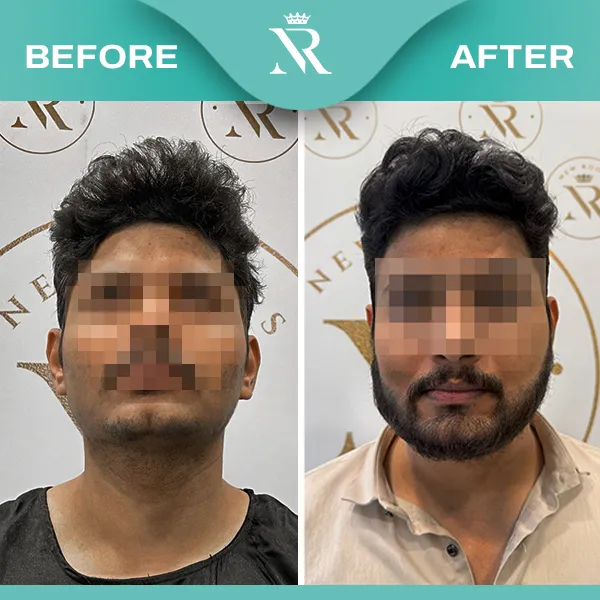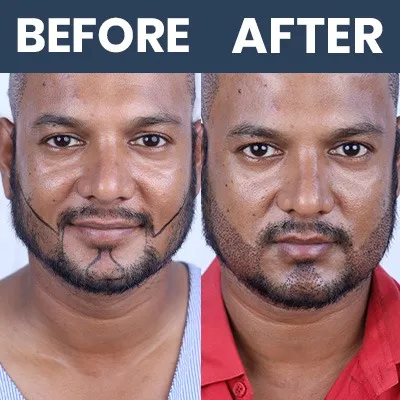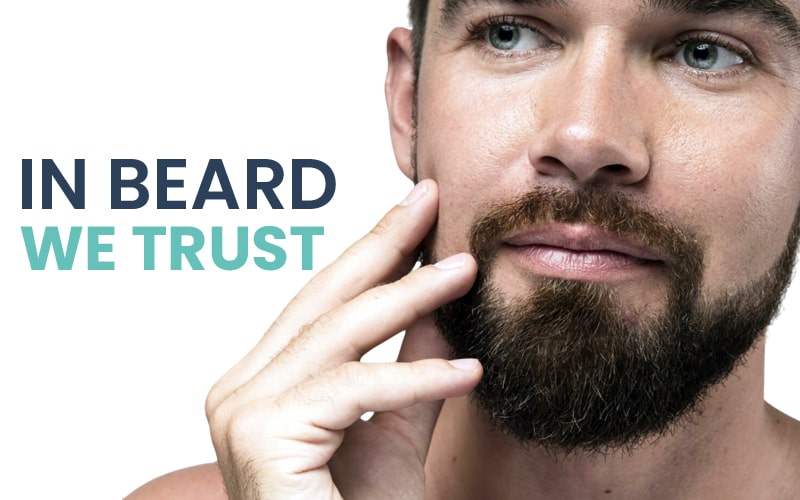

Beard and Moustache Hair Transplant: Enhance Your Facial Hair!
Table of Contents
Beard Hair Transplant: Cost, Process, and Results
Facial hair has day by day become a sign of masculinity and a thing that makes the man more attractive, particularly in this period of social sites. A beard is considered to be a man’s elegance, but a full, thick beard is much more than that it is a man’s character. Sadly, there are many people, especially males, who either grow little facial hair or have it grow very slowly because of genetics. For those who want to get rid of this menace for good, there is a clear solution: beard hair transplant. Based on the information given in this article, the author delivers an account of the price range, procedure, and possible outcomes of beard hair transplantation to help those who are interested or planning to go through it.
The Increasing Need for Beard Hair Transplants
Cultural Shift:
This is especially so because, in the current age of social sites, beards are almost synonymously related to masculinity and fashion.
Permanent Solution:
It has become a norm for most men to seek topical solutions or grooming practices that would make their beard excellent. However, it is quite ineffective if, on the client’s skin, there are not enough hair follicles for retention of hair roots.
Beauty system:
Facial hair transplant is an established method to make the beard line dense and enhance the facial shape when the hair is patchy.
Beard hair transplants are aimed at guys who may be disenchanted with the density of their beards. It could bring about greater facial contours and improvement. The procedure can also result in enhanced facial contours and improved self-esteem.
Who is an Appropriate Candidate for the Beard Hair Transplant?
Ideal candidates for a beard hair transplant should meet certain criteria to ensure successful results:
Age:
The average waiting time that is recommended for candidates is when he is 27 years old, because the growth of a beard might continue up to this age.
Hair Loss Conditions:
They include those with no androgenic alopecia or intense scalp hair loss. However, if the patient has grade 2-4 baldness on their scalp, they might want to discuss doing both treatments on the face and scalp.
Facial Scarring:
Beard transplants can also help those who have developed small, thin, or no beards due to scars on their face through burns, accidents, or surgeries.
This means that a candidate has to be evaluated so that one can make the right decision on the way forward to have the transplant done.
Understanding the method of how Beard Hair Transplant is done
A beard hair transplant is similar to the FUE method but implemented with slight differences due to the facial area. Here’s an overview of the essential steps involved:
👉 Step-by-Step Process
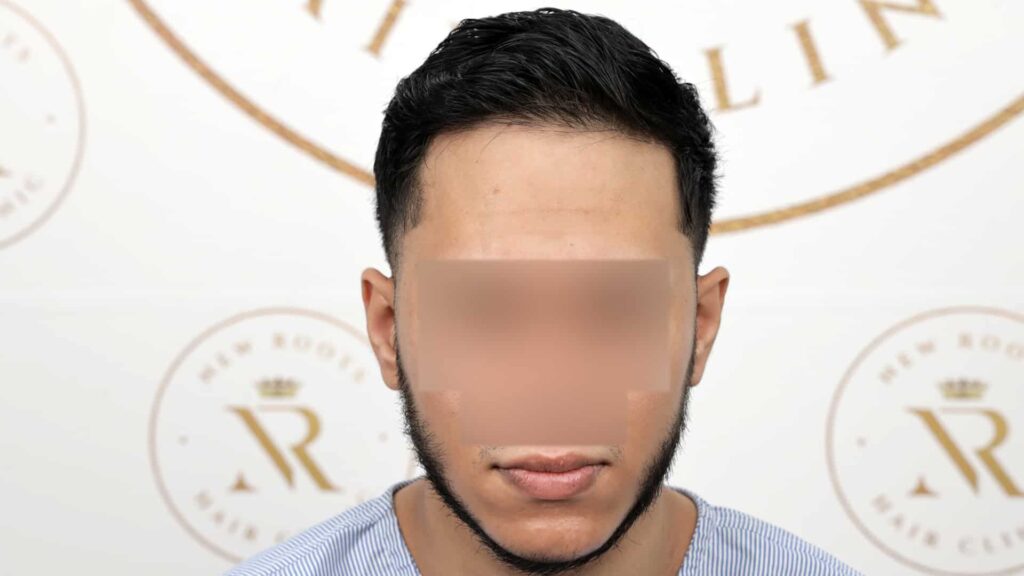
It involves taking time to explain to the patient their condition as well as establish their expectations, as the facial structure.
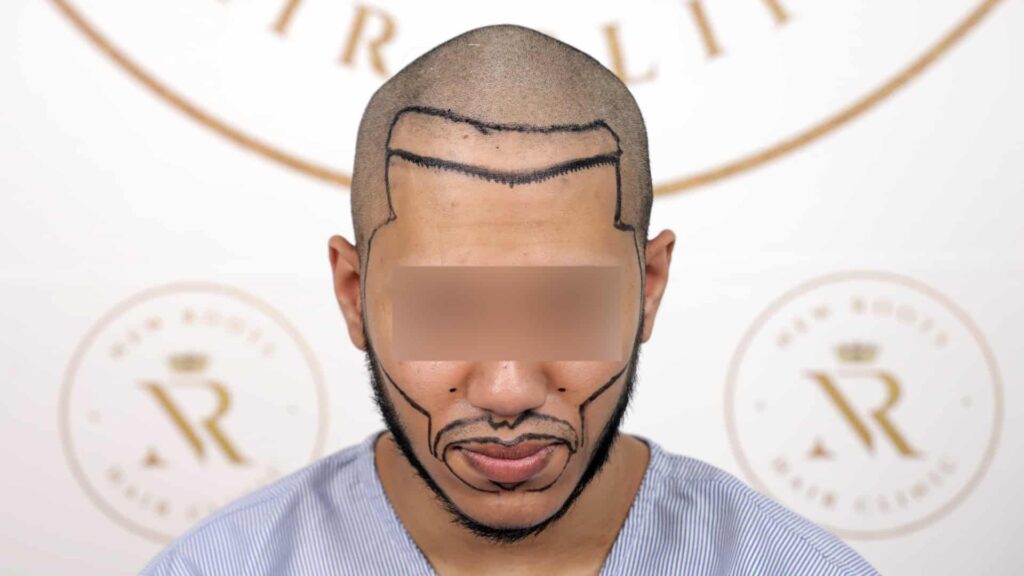
Straight and coarse hair is recommended in beard transplants, and as seen, the front single hair or very thick beard is perfect for beard transplants, and it will give a more natural look.
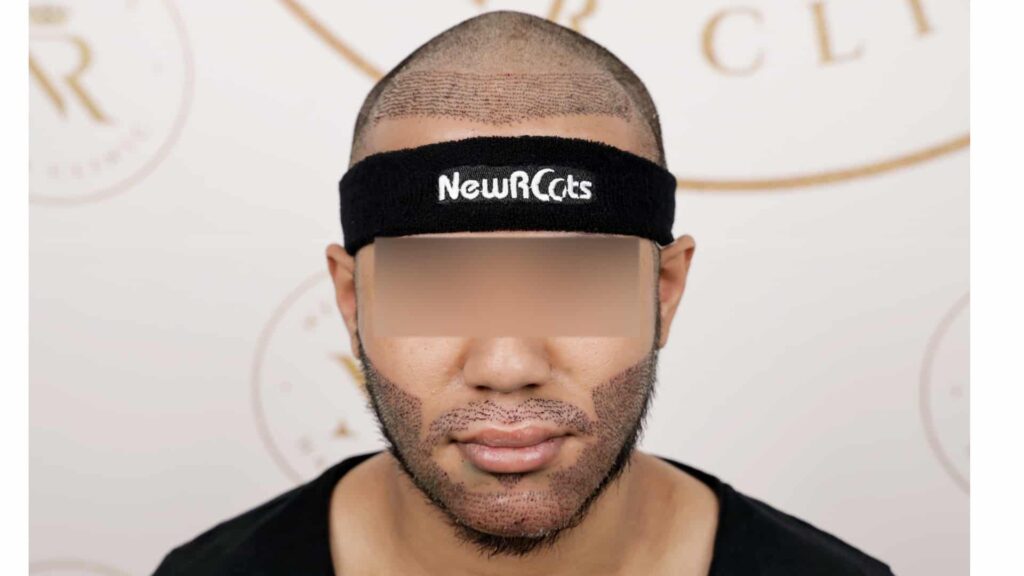
Desired facial hair is designed for the facial layout and shape that the patient desires.
Consultation and Assessment:
It involves taking time to explain to the patient their condition as well as establish their expectations, as the facial structure.
Graft Selection:
Straight and coarse hair is recommended in beard transplants, and as seen, the front single hair or very thick beard is perfect for beard transplants, and it will give a more natural look.
Designing the Beard:
Desired facial hair is designed for the facial layout and shape that the patient desires.
Hair Implantation Techniques
Direct Hair Implantation:
This technique involves the use of a choice implanter to transplant hair follicles straight onto the balding areas without having to make the microchannels.
Slit Technique:
In this method, the microchannels are made before the deployment of the grafts. Both give almost equal results, with the results mainly being contingent upon the surgeon.
| Technique | Method | Result |
| Direct Hair Implantation | No micro-channels | Swift recovery, natural look |
| Slit Technique | Uses micro-channels | Requires skill for placement |
Recovery and Post-Procedure Care
Initial Healing:
Scabs normally come off at about days 4 to 5, marking the onset of the first phase of healing.
Sensation Changes:
There may be slight numbness in the transplant area that is expected and should subside on its own within days.
Hygiene Precautions:
One has to use special facial washes that can reduce the chances of getting an infection and help with better healing of the skin.
Follow Post-Operative Instructions:
It is rather important to follow the surgeon’s advice when it comes to healing time and the outcomes of the completed surgery.
Monitor for Complications:
Any complaint that appears different from the normal one or any persisting pain should be communicated to the doctor.
Post-Procedure Precautions
Maintain hygiene:
Wash the area with the regular use of facial washes that are most recommended by dermatologists.
Avoid irritants:
Avoid any chemical or skin product, for instance, soap, for some time.
Follow-up appointments:
Follow-up visits with the surgeon to observe improvement, or rather a lack of it.
Conclusion
Hair transplantation of facial hair has emerged as a spectacular shift in candidates for cosmetology surgeries, affording a unique and desired facial look to men. By describing the costs, processes, and requirements of the aftercare, the potential candidates will be able to make a rational decision on receiving this life-transforming surgery. In this case, a hair transplant would be a permanent fix for men who want a thicker, fuller beard, improving not only appearance but self-esteem as well.
For a detailed description of the procedure, a video has been produced and uploaded: Scalp + Beard Donor For Hair Transplant | Megasession Hair Transplant Bangladesh

